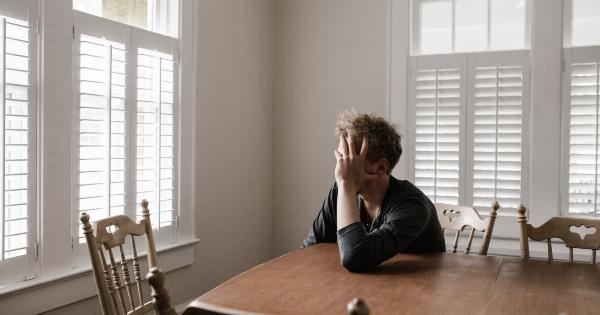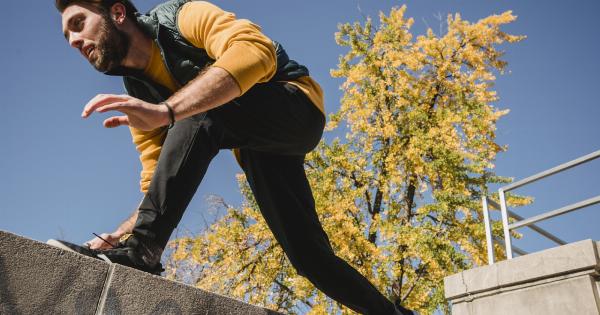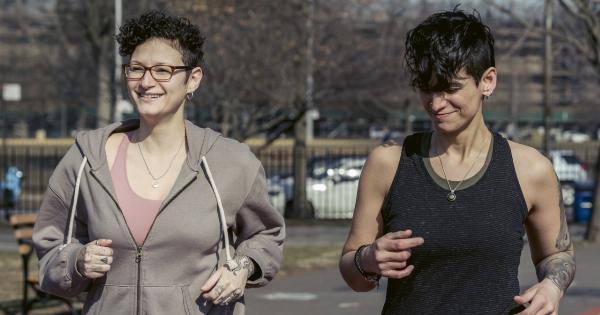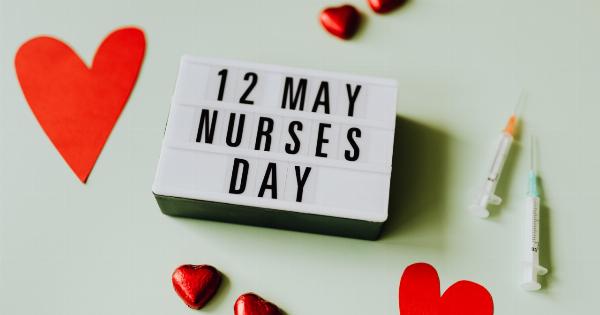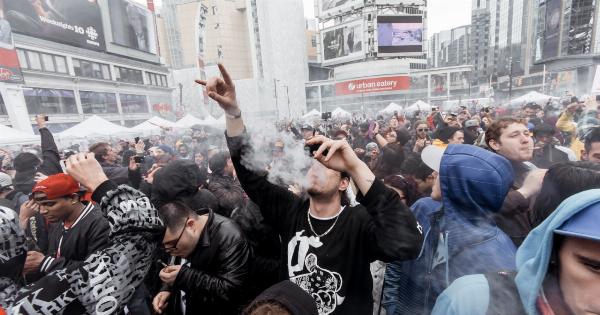According to a recent study, half of the 16-year-olds surveyed don’t believe that trying cannabis is dangerous.
This is a concerning trend, as cannabis use can have negative effects on physical and mental health, especially in younger individuals.
Understanding the Risks of Cannabis Use
While cannabis use may not be as dangerous as some other drugs, such as heroin or cocaine, it is not without risks. THC, the psychoactive compound in cannabis, can have negative effects on the brain, especially in developing minds.
According to the National Institute on Drug Abuse, regular cannabis use can lead to a decrease in IQ and an increased risk of mental illness, particularly schizophrenia.
Additionally, cannabis use can have negative effects on physical health, such as respiratory problems and an increased risk of heart disease. It can also impair coordination and judgment, leading to an increased risk of accidents and injuries.
The Importance of Education
The fact that so many 16-year-olds don’t think trying cannabis is dangerous highlights the need for more education on the risks of drug use.
It’s important that young people understand the potential consequences of their actions and make informed decisions.
Education should focus not only on the negative effects of cannabis use but also on ways to stay safe if someone decides to use it.
For example, teaching young people how to gauge the potency of different strains of cannabis and how to avoid overuse can help reduce the likelihood of negative consequences.
The Role of Parents
Parents also have an important role to play in educating their children about drug use.
This can include having open and honest conversations about the potential risks of cannabis use, discussing family values and expectations regarding drug use, and setting clear boundaries and consequences.
Additionally, parents can model healthy behaviors by not using drugs themselves and avoiding situations where drug use may be present.
The Risks of Normalization
The fact that so many 16-year-olds don’t believe trying cannabis is dangerous also highlights the risks of normalization.
As cannabis use becomes more widely accepted and legal in many places, young people may perceive it as less risky and be more likely to experiment with it.
Normalization can also make it harder for young people to see the negative effects of drug use. It can lead to a sense of complacency, where young people may be less likely to take precautions or seek help if they do experience negative consequences.
Conclusion
While cannabis use may not be as dangerous as some other drugs, it is not without risks, especially in younger individuals.
The fact that so many 16-year-olds don’t believe trying cannabis is dangerous highlights the need for more education and parental involvement in preventing drug use.
















